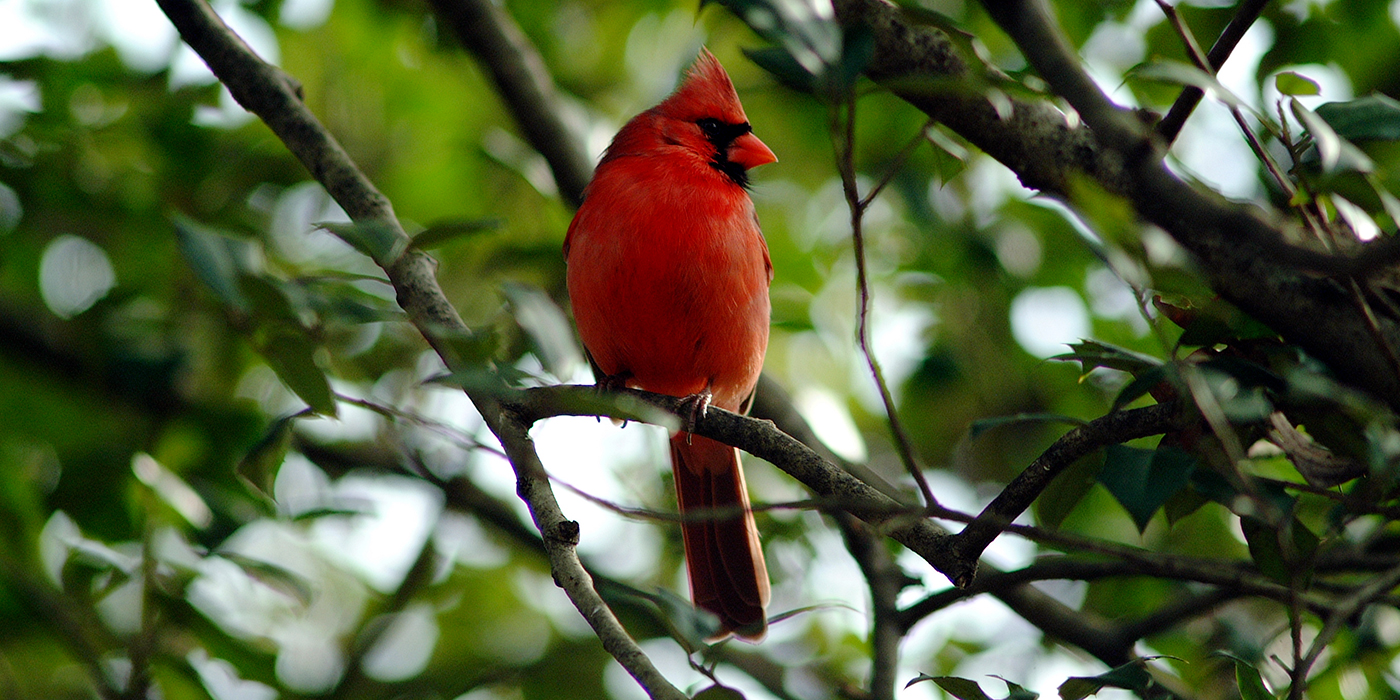Bird Friendly Home and Yard

1. Choose native plants.
Native plants will attract beneficial insects, which are a key food source for most birds. Choosing native plants will help maintain the integrity of your yard’s ecosystem.
2. Kick out invasive and nonnative plant species.
You can significantly improve the habitat in your yard by removing these plants. They often outcompete native species, reduce biological diversity and available food for animals, and alter key ecosystem functions, such as nutrient cycling. Popular plants that are actually invasive include kudzu, English ivy, Japanese knotweed and tree of heaven.
3. Provide plants that offer shelter, food and nesting habitat.
Enhance your yard’s nesting, shelter and restaurant potential by mimicking natural habitats in your area. Maintain a variety of native plants of varying sizes and growth patterns — from low-growing ground cover to vines, shrubs and trees — and with varying schedules for fruiting and leafing. Include both evergreens and deciduous plants. Leaving dead tree snags standing and putting up artificial nest boxes will benefit birds that build their nests in cavities, such as house wrens, Carolina chickadees, white-breasted nuthatches, Eastern bluebirds, tufted titmice and a variety of woodpeckers!
The following is a breakdown of plant categories and what each offers:
- Conifers, or cone-bearing trees, are important for nesting, foraging for insects and year-round shelter. Examples include pines, junipers and cedars.
- Shrubs, vines and ground cover offer nesting habitat for species like gray catbirds and northern cardinals. They also provide shelter and insect-foraging habitat.
- Nut and acorn trees, such as oaks, hickories and walnuts, are key winter and fall food sources. They provide nesting habitat and attract a significant amount of insects that many birds eat.
- Un-mowed grasses attract grasshoppers and crickets that birds consume. They also provide seed and cover for ground-nesting birds.
- Piles of brush, sticks or yard refuse offer shelter, nesting habitat, nest-building materials and insects.
- Nectar-producing flowers attract hummingbirds and orioles, as well as insects eaten by birds. Some of the best examples of nectar-producing flowers are Eastern columbine, white turtlehead, jewelweed, cardinal flower, bee balm, evening primrose, sundrops, beardtongue, tulip poplar and trumpet honeysuckle.
- Summer-fruiting plants are an important staple during the breeding season. Examples include black cherry, serviceberry, blackberry, blueberry and elderberry.
- Fall-fruiting plants are important for migratory birds, allowing them to store energy for migration. They may even attract rare migrants to your yard in early fall. Examples include flowering dogwood, hackberry, pokeweed and red chokeberry.
- Winter-fruiting plants sustain year-round residents, such as northern cardinals. Examples include American holly, Eastern red cedar, bayberry and sumac.
4. Keep bird feeders clean.
Bird feeders provide a small but sometimes critical percentage of a bird’s diet, particularly during the harshest winter months. Most of the time, however, feeding birds probably benefits us more than them. Seeing birds up close at feeders brings joy and makes us feel more connected with nature. Just be sure to avoid fostering the spread of diseases by doing these three things:
- clean feeders regularly using a solution of 1 part bleach and 9 parts water (allow to dry thoroughly before refilling);
- clean up area beneath seed feeders by raking and disposing of shells and wasted seeds;
- store bird seed in a place that will remain as dry and cool as possible.
5. Don't forget the water!
Providing a water source, such as a bird bath or fountain, will invite a variety of birds to your yard. This water source is important all year round. In summer, birds use it to cool off, especially during droughts when water can be hard to find. But it's also helpful during winter, when natural water sources freeze. In early spring, a shallow dish of water lined with stones may entice migratory birds that are passing through.
6. Keep cats indoors.
All those “presents” add up and have a shockingly large impact on bird populations—studies show that domestic owned and unowned cats kill between 1.4 billion and 3.7 billion birds every year. Help slow widespread declines of birds, and ensure a longer, healthier life for your pet, by keeping your cat indoors.
7. Avoid using pesticides.
Toxic chemicals in conventional pesticides can be harmful to children, pets and wildlife. They can kill birds or cause severe problems that impact survival, such as eggshell thinning and reduced appetite or parental attentiveness. Switch to natural products at home, and buy organic produce to support farmers using environmentally friendly methods to grow crops.
8. Prevent birds from colliding with your windows.
As many as 1 billion birds die each year from collisions with windows. To help minimize this source of mortality in your home, place mesh netting over problem windows to reduce the potential impact (mesh should be a few inches away from the glass), or apply stickers or tape to break up the reflection and make windows visible to birds.
